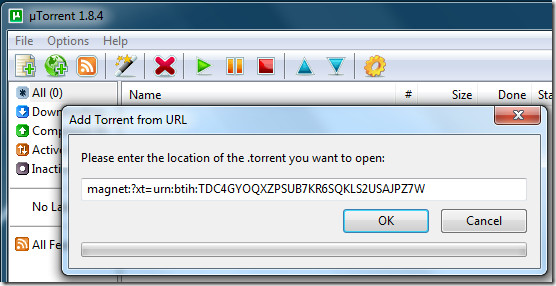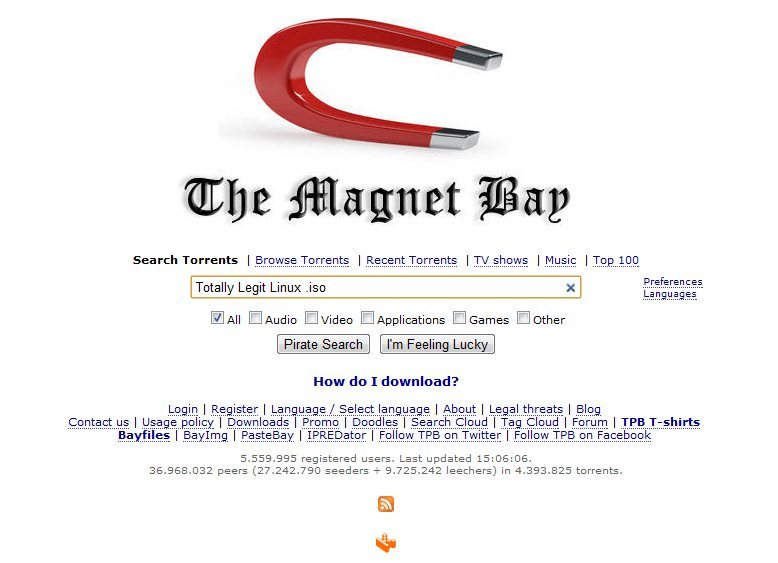
Most importantly, the “xt” argument refers to the “exact topic” that is fed to the torrent client to search for the desired media. The “magnet:” keyword is fed one or more parameters, just like how algebraic functions identify variables with letters. Let’s look at the “about file” of a common magnet link:

Magnet links, or Magnet URIs (uniform resource identifiers), consist of several compact arguments formatted as question and answer strings. We will briefly dive into some of the more hairy details of how these super small bits of information function in the real world. Trackerless torrenting is often used interchangeably with the term magnet link, though the former is an umbrella category encompassing a broad number of distributed technologies. It employs DHT, also known as distributed hash tables, to seamlessly locate the IP address of sharing peers. In a similar way, a magnet link can immediately configure with any torrent client to find valid peers sharing the same file. When you access a website using its URL, you’re asking a distant server to essentially hash your request so that it can provide the webpage you want. A hash code is a technical term for a numeric value that uniquely identifies a package.

What Are Magnet Links?Ī magnet link is a hyperlink that gives you direct access to a hash code for a torrent file. That’s a magnet link, one of the increasingly popular ways to download media online. If you’ve been scouting popular torrenting sites, like The Pirate Bay, for a while, you’ve probably noticed a link adjacent to the download file with a magnet symbol. That said, while torrents may have played a pivotal role in the history of online sharing, they might soon be history themselves, making space for alternatives, such as magnet links.

A whole generation of Internet users has grown up with Torrents and all the goodies they could offer.


 0 kommentar(er)
0 kommentar(er)
